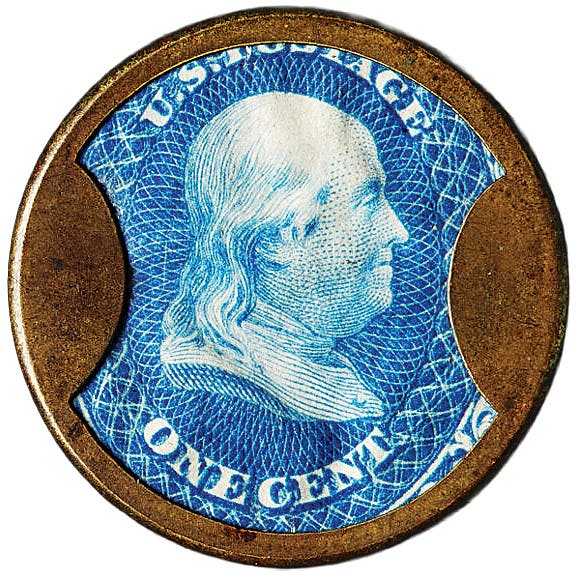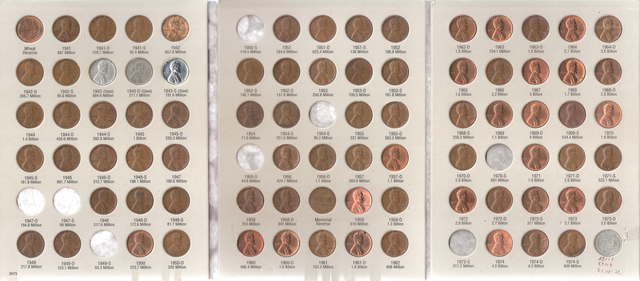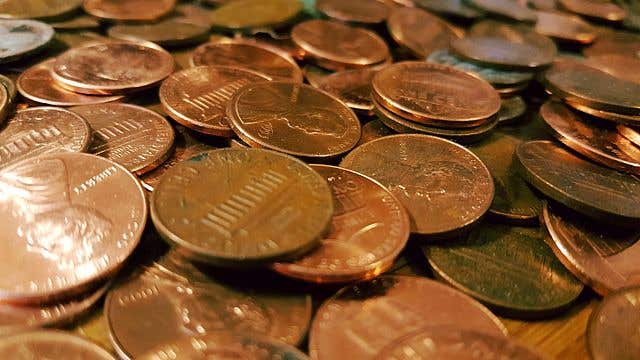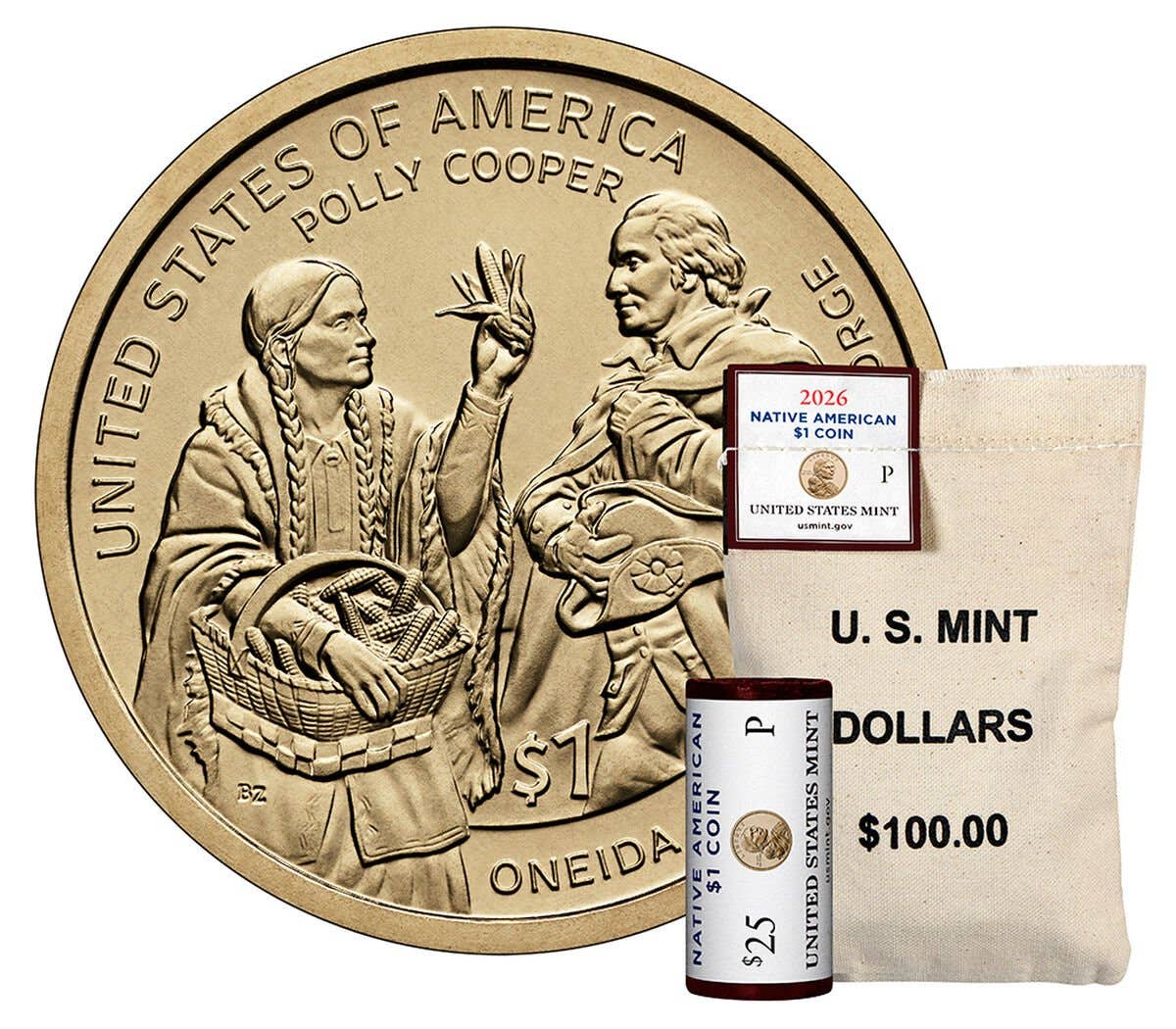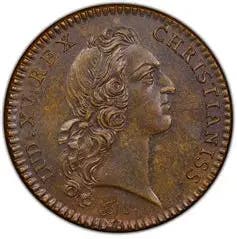World Coin Clinic: Unearthing Desert Patina Coins
Fake sand, secret lockets, and goat digestion—coin collecting gets weird.
What is desert patina on an ancient coin?
Due to the dry climate where the coin was discovered, the desert patina on an ancient bronze composition coin is a sandy light brown coloration. The sand becomes chemically attached to the coin over an already existing green or brown patina.
Can desert patina be faked?
Any patina can be faked. Faked desert patina is accomplished by removing surface encrustation and using an adhesive to literally glue sand to the coin. Faked desert patina can be identified by checking to see if the patina on the rim of the coin matches that on the obverse and reverse or by testing the coin surface with water or a soft brush to see if the sand can be easily removed.
How is patina added artificially to coins?
An artificial patina can be added by storing a coin in an environment where sulfur is present. This may not necessarily have been done maliciously, since coins are often stored in holders or envelopes that contain sulfur. Another method is to place a coin on unbleached cardboard in a sunny environment. One revolting way an artificial patina has been placed on some ancient coins is by feeding the coins to a goat and then retrieving the coins later.
I recently saw a box dollar in an auction. The coin had been hollowed out to hide something. Is this a novelty, or was this popular at one time?
Box-talers, Schauthaler, and trade-dollar lockets are basically the same thing. The concept began in Germany, where taler-diameter coins were expertly cut into two pieces, hollowed, and hinged together. Trade-dollar lockets became popular using U.S. trade dollar coins that were cut and hollowed, then hinged to form a hidden compartment.
What would someone hide in a trade-dollar locket?
Schauthalers from the early modern coinage period are often encountered with colored discs depicting people or scenes concealed in them. Rumor had it that trade-dollar lockets were used to conceal opium in China; however, this is doubtful. In 1893, Donahoe’s Magazine described a trade-dollar locket as “a pretty thing to have around” to hide a “dear face which no one else can discover.” Three years later, the Busiest House in America catalog advertised a “secret locket” made from trade dollars for $6.
Email inquiries to Giedroyc@Bright.net. Because of space limitations, we are unable to publish all questions.
Related:





